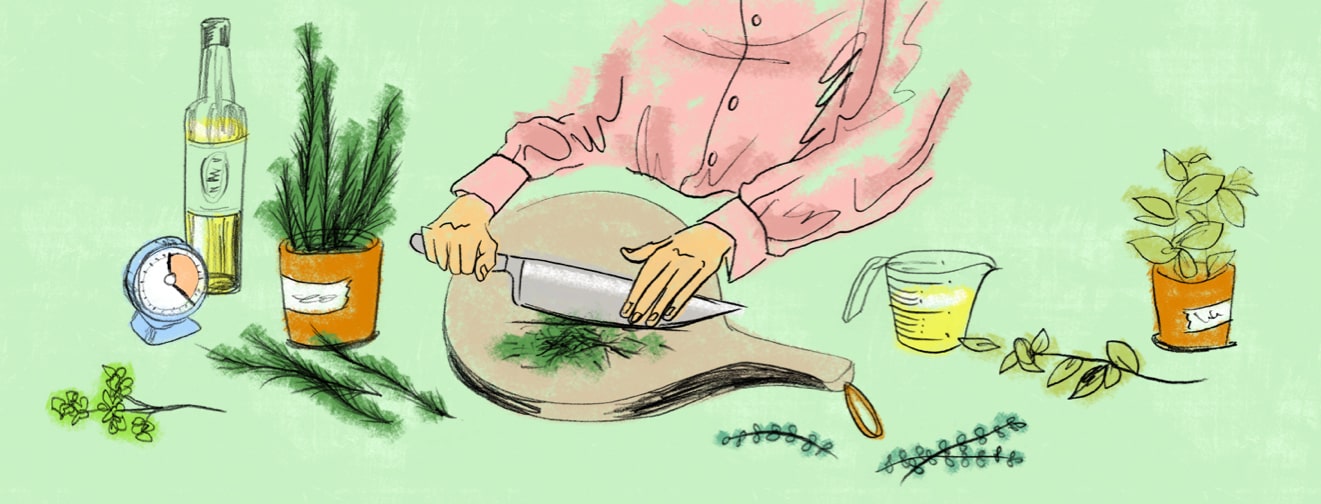Psoriatic Arthritis & Painful Hands: Hobbies That Can Help
Joint pain, stiffness, and swelling are the main signs and symptoms of psoriatic arthritis. These symptoms can affect any body part but are often felt in the fingers and toes. These joints can even become deformed due to chronic inflammation, as was the case with my grandfather and his hands.
Having been diagnosed with PsA only a few years ago, I’m still discovering how it affects my hands, especially during a flare.
A few ways to keep your hands moving!
This time of year, wintertime, seems to be the worst for me. My fingers become stiff and swollen, making everyday tasks just a little harder to complete.
I remember how painfully swollen and distorted my grandfather's fingers looked. It was hard for him to pick up a glass or shake a hand. Knowing this, I’ve tried to find things that I love to do that don’t hurt but help my hands.
Featured Forum
View all responsesKnitting or crocheting
I personally do not knit, but I do love to crochet. It’s something that was taught to me as a kid by my mother. When I was diagnosed with arthritis, I assumed crocheting would cause me too much pain, and I would have to stop doing it. Believe it or not, It has actually helped my hands.
PsA often causes issues in the hands, wrists, elbows, and fingers. All of these are used when you knit or crochet. Since exercise can help you maintain muscle and bone strength, all of these parts may benefit from crochet. What are the benefits of crocheting, may I ask?
- The continuous movement of joints can help relieve pain and stiffness.
- Helps you maintain flexibility in your hands.
- More challenging patterns are good for finger dexterity.
- Can improve flexibility and keep hands muscles stronger.
Here are a few helpful tips when starting to crochet or to make the act a little bit easier on your joints - consider using flexible needles or changing the type you use (bamboo/birch vs. metal). Flattened/square crochet hooks may be easier to hold). I recommend stitching in short sessions and considering using a knitting aid/tool. There are tons!
Gardening
Working in a garden supports mobility and flexibility throughout the body; it especially helps the hands. Digging in the dirt and pulling weeds is an excellent exercise for the fingers. Gardening is not only good for your body but also for your mental well-being.
When I garden, I feel relaxed and a part of nature. I’m also producing something pretty to look at or something yummy to eat! A few additional benefits include the following:
- Can help relieve pain and stiffness in the fingers and hands.
- Supports flexibility and mobility in your hands and body.
Looking for some extra tips? If you find bending difficult, try a flower box or a raised flowerbed. Knee pads, easy-to-grip hand tools, or long-handled tools can help when you can’t bend down. As with anything, take breaks. Arthritis pain can build if you don’t let your joints rest properly. Stop and smell the roses!
The cook is in the kitchen
Cooking strengthens the hands and wrists through mixing, chopping, and stirring. If the meal consists of anti-inflammatory ingredients, eating what you cook provides additional benefits. Using ergonomic tools and kitchen aids makes the task less painful and more enjoyable.
Cooking and baking are my personal favorites for a few reasons. Not only do they help keep my hands moving, but they keep my mind busy. Focusing on measuring and mixing is distracting (and delicious!). Cooking has many benefits, including:
- Can help relieve pain and stiffness in the fingers and hands.
- Supports flexibility and mobility.
- Anti-inflammatory ingredients are helpful in reducing inflammation in your arthritis as well as your psoriasis.
- There’s a yummy end result!
Helpful tips for the kitchen? Buy joint-friendly kitchen tools and use lighter pots and pans for easy lifting. Electric appliances are your friends, and try not to stand or sit in one position for too long. Change your position often to avoid stress on joints.
This or That
Do you also find it painful to sit for extended periods of time?

Join the conversation